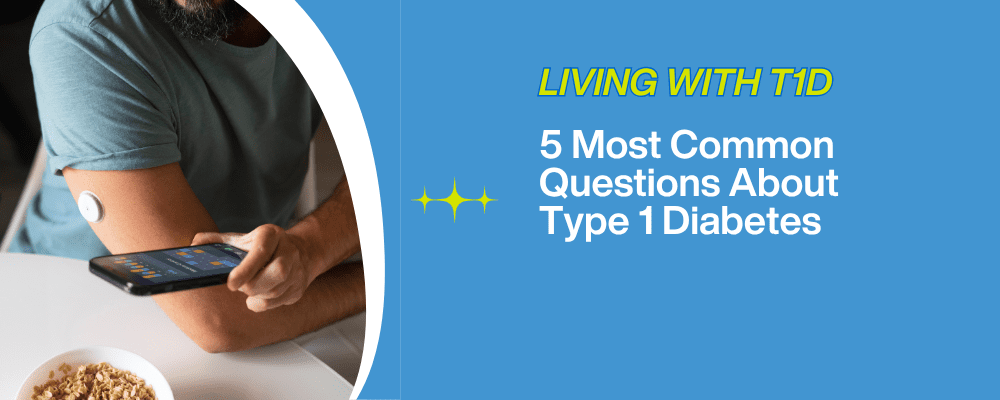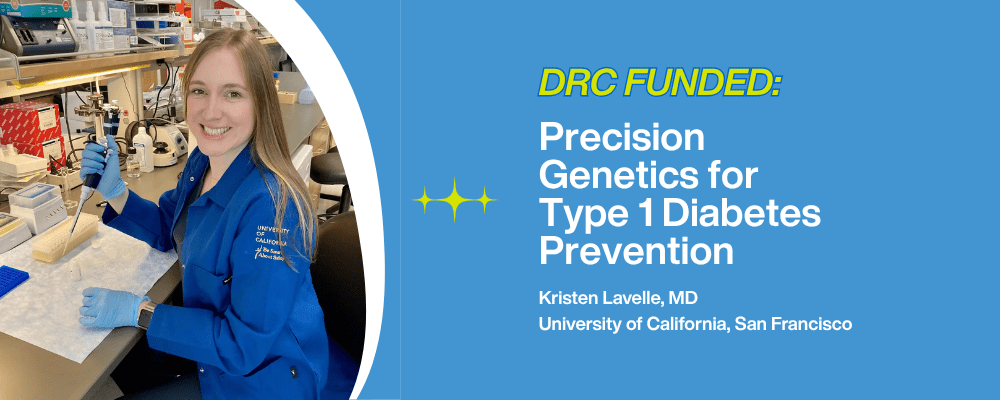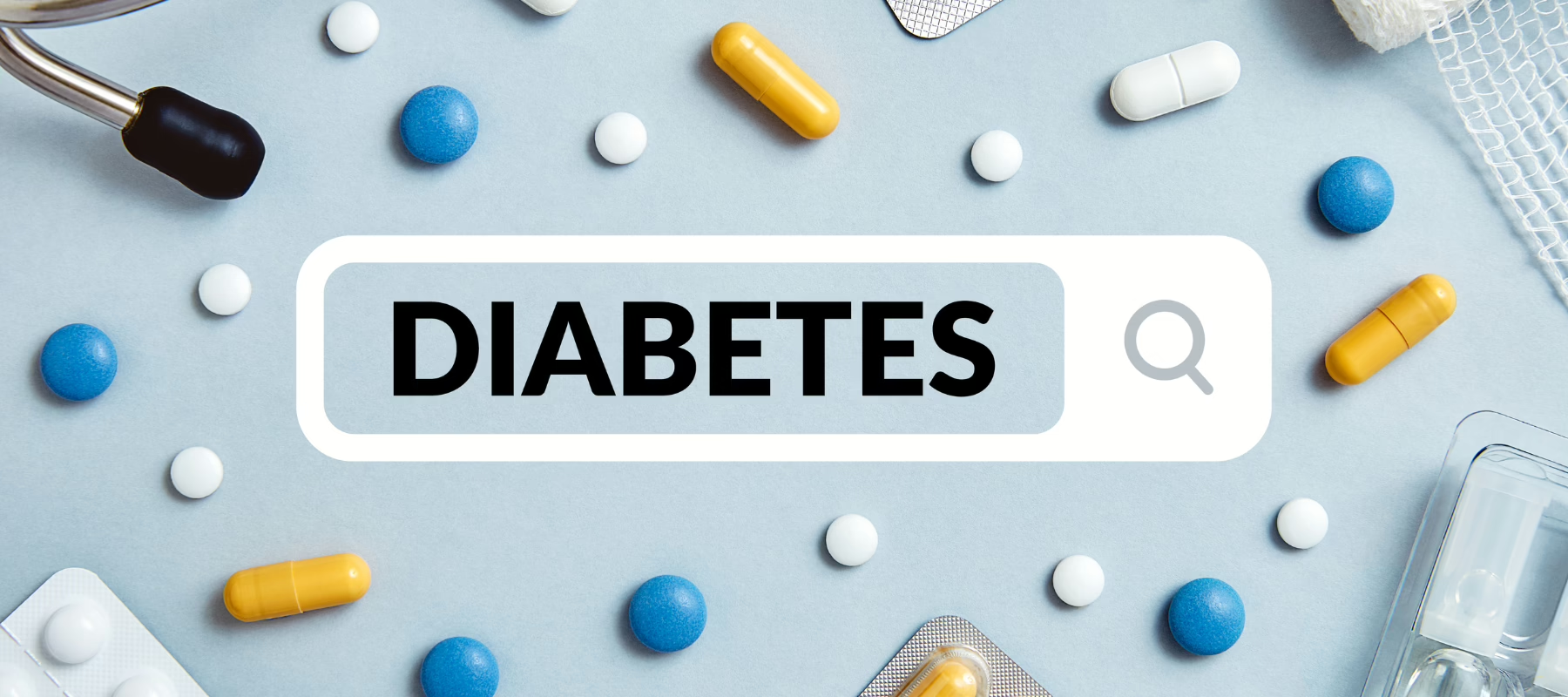Despite years of research and clinical trials, no cure for type 1 diabetes exists yet. However, how the disease is managed and treated has changed, leading to vast improvements in quality of life. Many individuals are better able to track their blood sugar and administer insulin more effectively to reduce instances of hypoglycemia and other complications. A recent article explores how technology has impacted current research for type 1 diabetes.
For years, researchers were focused on developing immunotherapies to try to treat T1D at its source. With this type of diabetes, the immune system attacks and destroys insulin-producing beta cells from the pancreas. The goal was to either reverse the disease or stop it from developing in the first place. Today, researchers have shifted their focus. Instead of trying to figure out how to prevent diabetes, some scientists are working to improve how patients live with the disease. This has involved major leaps in medicine including attempts at developing an artificial pancreas system that would function similar to the body’s own pancreas to regulate blood sugar.
Over the years, researchers have experimented with a variety of immune therapies trying to find an approach that could treat diabetes without a host of unpleasant side effects. This has been a difficult process and not yet produced a significantly effective treatment. However, there have continued to be technological advances that have improved how patients manage diabetes. It is easier than ever to quickly test blood sugar, and some patients even have continuous glucose monitors that send information to their smartphone and alert to low blood sugar. There have also been many improvements in more accurate dosing and administering insulin.
In 2016, scientists made progress toward creating an “artificial pancreas” system. It combined a continuous glucose monitor and insulin pump to modulate insulin delivery based on data over time. It is not yet fully automated, however, because patients still must calculate their insulin dosage during meal times. But it did have benefits for reducing hypoglycemia overnight. This technology has opened doors for others to begin testing different approaches for creating a fully automated insulin delivery artificial pancreas system. While not a “cure” for type 1 diabetes, it could help improve management of the disease while decreasing the burden on patients.
There is still a great deal of research and work to be done before this type of treatment comes to fruition. And once it exists, there is no guarantee that every patient would choose to use it, just like not all patients choose to have continuous glucose monitors. But it would be another option that exists and could potentially have a significant impact on people’s lives.
The Diabetes Research Connection recognizes the life-changing impact that a T1D diagnosis has, and supports early career scientists in moving forward with novel research projects focused on preventing, curing, or managing type 1 diabetes. Through donations from individuals, corporations, and foundations, research funding is made possible. Click to learn more about current projects and provide support.




